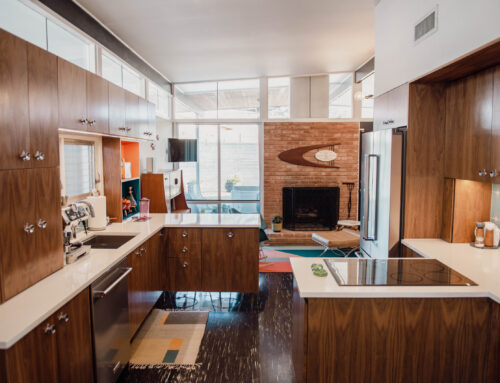For some people, just thinking about turning powerboats loose on White Rock Lake is the ultimate dream.
Yet there are other people who would gladly barricade every single entrance to White Rock Lake Park, turning away everything with an engine. Somewhere between those two points of view lies an uneasy middle ground, with good people on both sides of a potentially contentious issue.
Our main story this month details the history of White Rock Lake, from the time of its creation through today. Clearly, there was a time in Dallas when the lake was much more active then it is today: a floating party barge, a swimming beach, cabins on the lakefront and docks protruding into the water. In the early 1940s, a time often looked upon as the lake’s heyday, people seemed to believe more development and activity on the lake was the best way to turn the lake and park into the gem that Dallas wanted it to be.
But consider 40 years later, when development at the lake wasn’t even on the horizon – whether the lake would even survive was the question being asked.
And look at it now: Once again a gem in the Dallas park system, cleaned up and pretty, ready to develop into…
And that is the question – what should be done with the lake?
Where just a few years ago things were so bleak there really were few options, the future is so bright now that the opportunities literally are blinding.
Should White Rock become the great gathering place for the city, with major events held in and around its shores?
Should some retail, office and restaurant development be permitted on its periphery to capitalize on both the unbeatable view of downtown over the water and the city’s current need for funding?
Should parking around the lake be expanded to handle what inevitably could be larger and larger crowds anxious to enjoy the park?
Or should the polar opposite be embraced, with cars literally banned from the park and pedestrians alone allowed on its pathways?
And should even more development, expansion and improvements be choked off immediately, ensuring that those of us who live at or near the lake can enjoy its pristine (for a city park) beauty, while carpetbaggers from the north, south and west find somewhere else to hang out?
All are great questions, and all elicit different responses from different people, no one person with the ultimate answer.
We hope you’ll consider these questions, as well as a few of your own, while reading this month’s story. How these issues are addressed will impact how our neighborhoods grow and develop during the next 40 years, when the cycle of history probably will start all over again by asking the familiar question: What should we do with White Rock Lake?





